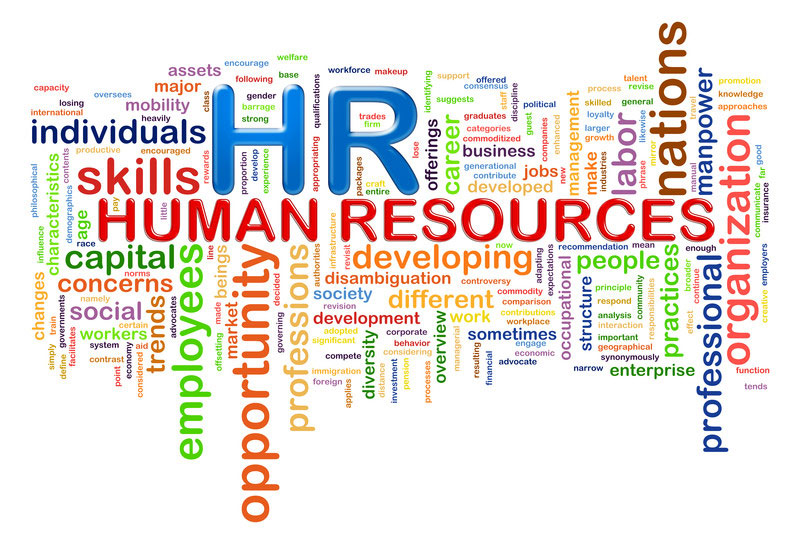When entrepreneurs start a business they handle every small detail by themselves, but as the business grows they would find this approach ineffective and daunting. So to speed up the process of providing quality customer service, increase efficiency and to cut down costs entrepreneurs rely on business process outsourcing. Businesses outsource various activities like payroll, HR, IT, customer service, accounting and so on. Delegating non-essential and specialized functions to a third-party vendor allows business owners to focus on other core functions of the business and the cost savings generated by outsourcing can be used to fund other revenue generating projects.

To boost growth, small and medium-sized businesses (SMB) should focus on core activities and HR Outsourcing allows SMBs to shift critical tasks like payroll, employee training and recruitment, and employee benefit administration to professional firms. It helps businesses achieve efficiency and streamline workflow. The following are the best ways to outsource HR activities:
- Have a reason for outsourcing: Make sure that you have a valid reason for outsourcing HR functions. If the HR staffs are spending most of their time on data input and processing, which affects employee productivity and efficiency, then they should seek the assistance of a professional vendor.
- Conduct a trial: Choosing the right vendor is difficult. So companies should first run a trial before outsourcing all their HR activities. Running a trial helps you to assess whether the service provider can meet your needs.
- Consult with your employees: Asking your employees’ opinion is often ignored when outsourcing. Employees are the people who must coordinate with the outsourcing partner. So, getting their opinion about HR outsourcing is important.
- Process documentation: Process documentation helps HR outsourcing staff members to be familiar with current policies and procedures to perform activities. A process documentation that clearly details all internal controls and separates all duties appropriately makes HR outsourcing easier and ensures a smooth outsourcing experience.
- Start slowly: Consider a step by step approach when you are starting to outsource. Slowly expand what you are outsourcing. This will allow companies to alter their position according to their needs.
- Communicate well: Communicate with the outsourcing firm and try to give them feedback on their work, what you expect from them, your needs and demands. This will help you build a rapport with the service providers.
- Make use of HR software: HR software has all the labor and compliance regulations and protocols built in and also offers data management. It will provide the tools to track all relevant employee-screening and verification details and store all the data in a cloud-based system, ensuring location and device-agnostic accessibility. Typically, it will also deliver some level of employee self-service through the Internet or a mobile app.
Evaluate Return on Investment of Human Resource Outsourcing
Analyzing the ROI of HR outsourcing strategies is important. But often businesses fail to examine this once outsourcing begins. So here is a metrics designed by John Sullivan, Professor of management at San Francisco State University that helps businesses determine their return on investment. It helps organizations to:
- Compare results for different time periods and encourage continuous improvement
- Check internal customer satisfaction with HR outsourcing program, promote a culture of data-driven decision-making in the organization
- Outline expectations from the get go and focus on stakeholders and key priorities.
Deciding which HR activities to outsource to a vendor is important as it saves time and money. It is no secret that in this present digital age outsourcing HR allows employees to focus more on the core activities of the business. BPO services ensure efficiency of your employees, reduced costs and improved productivity.



